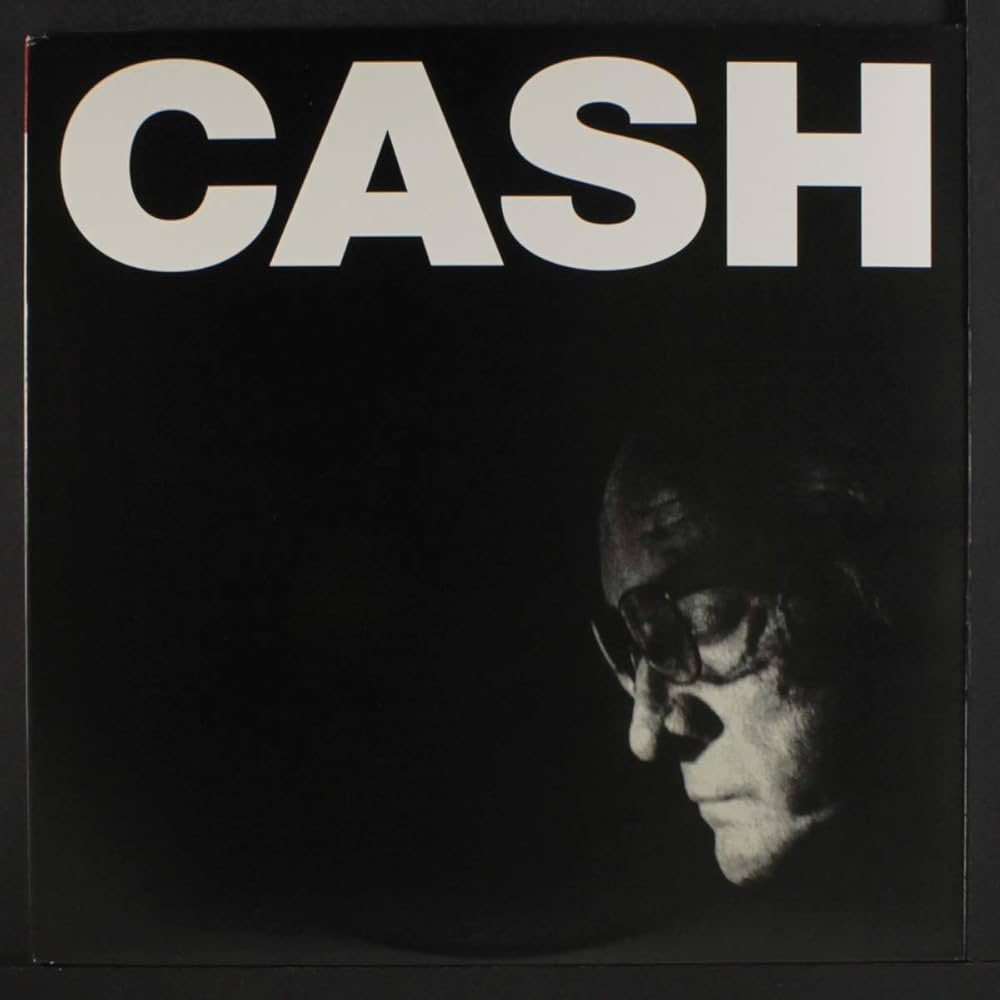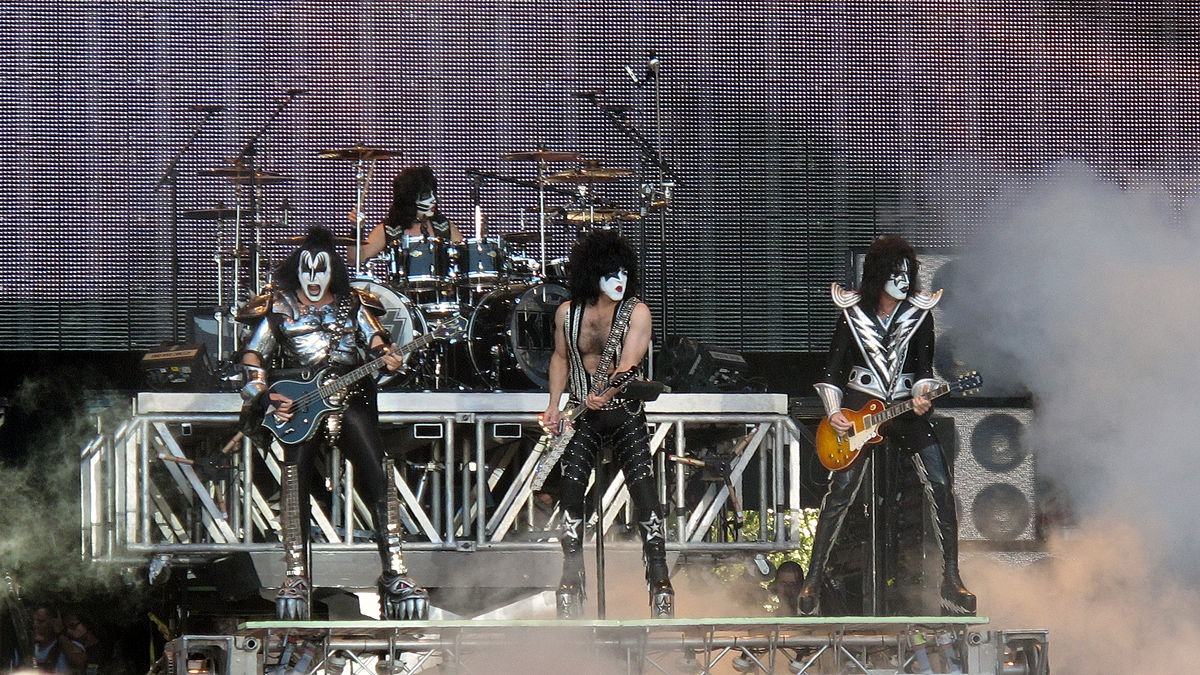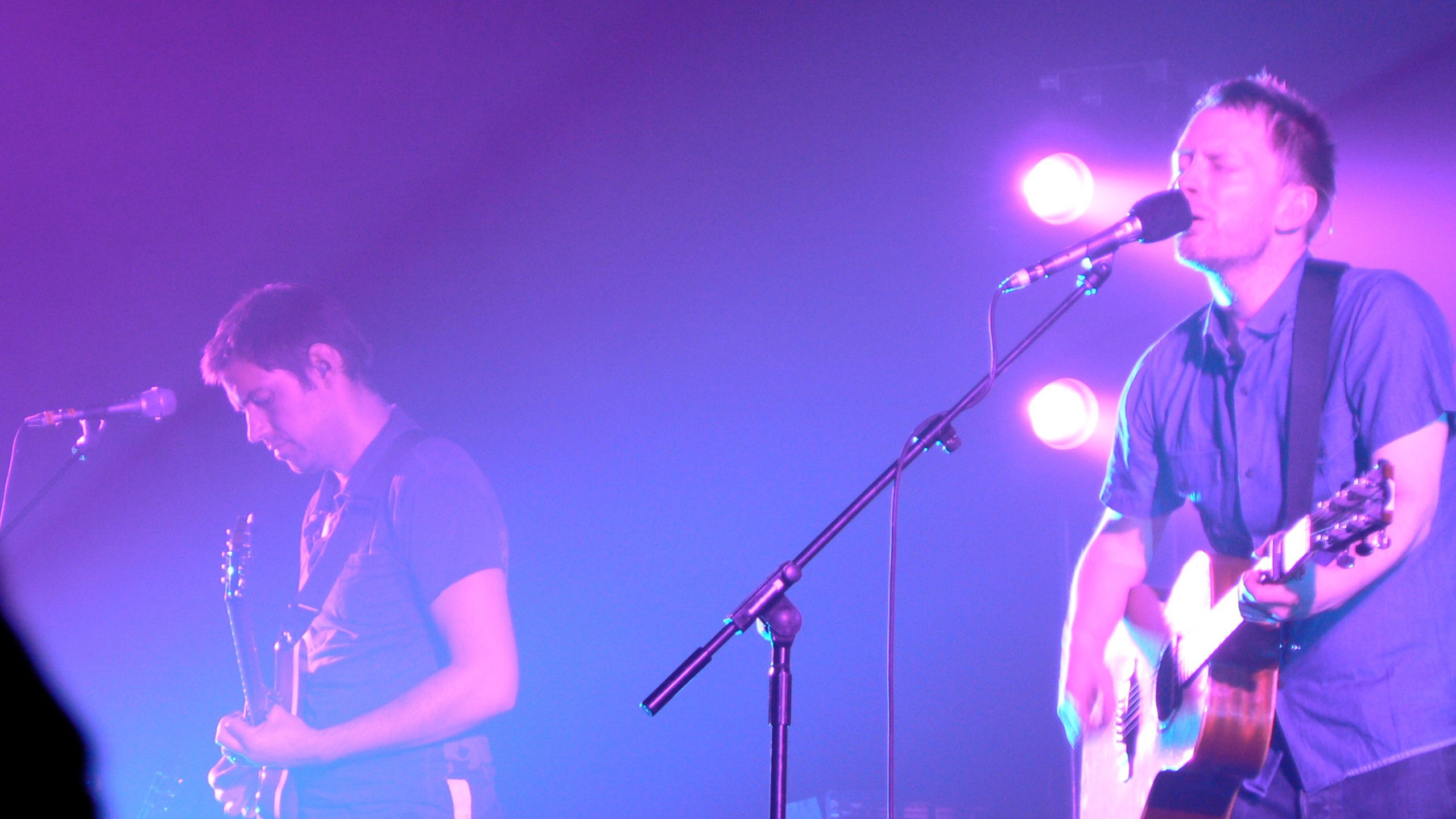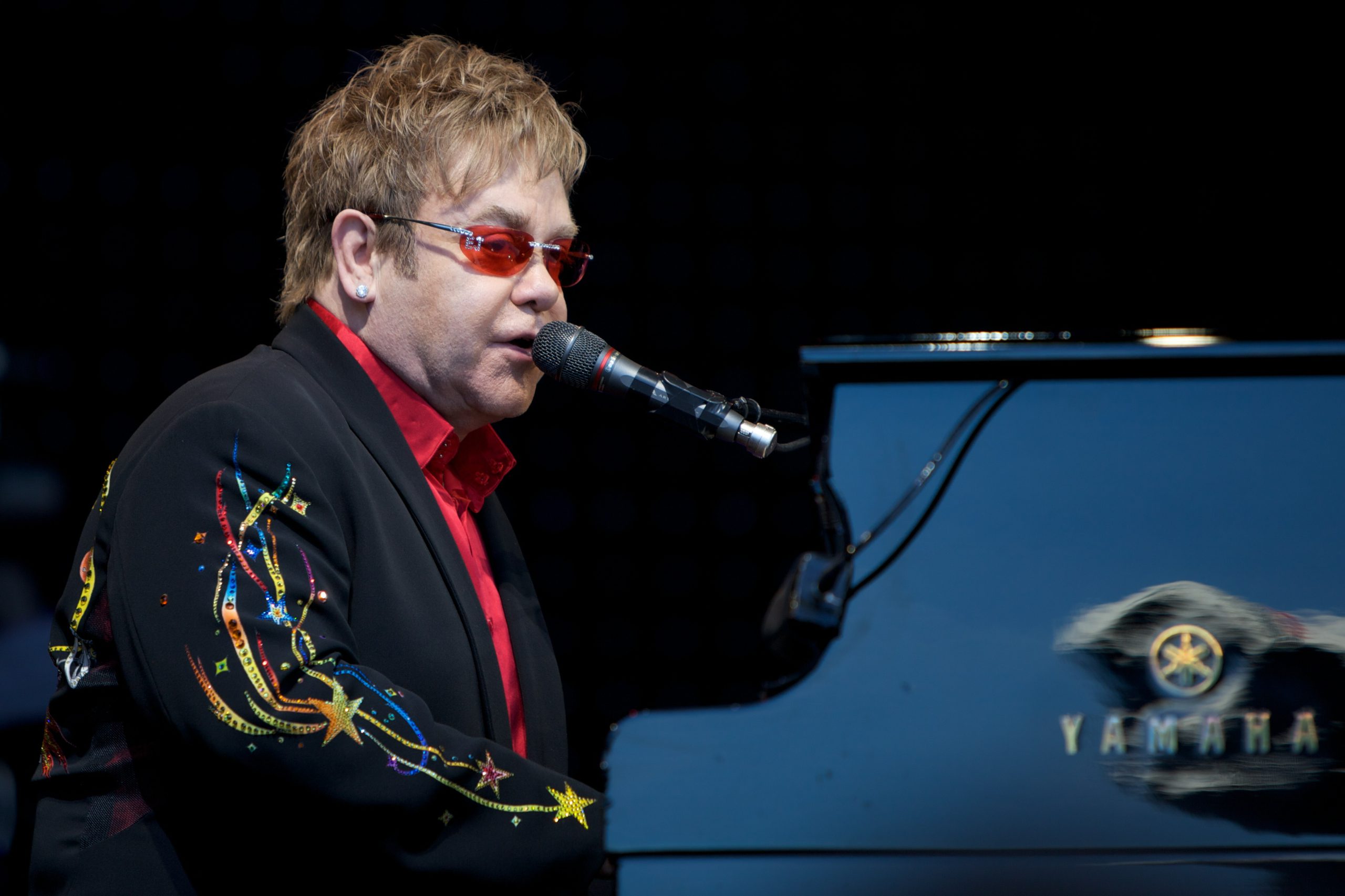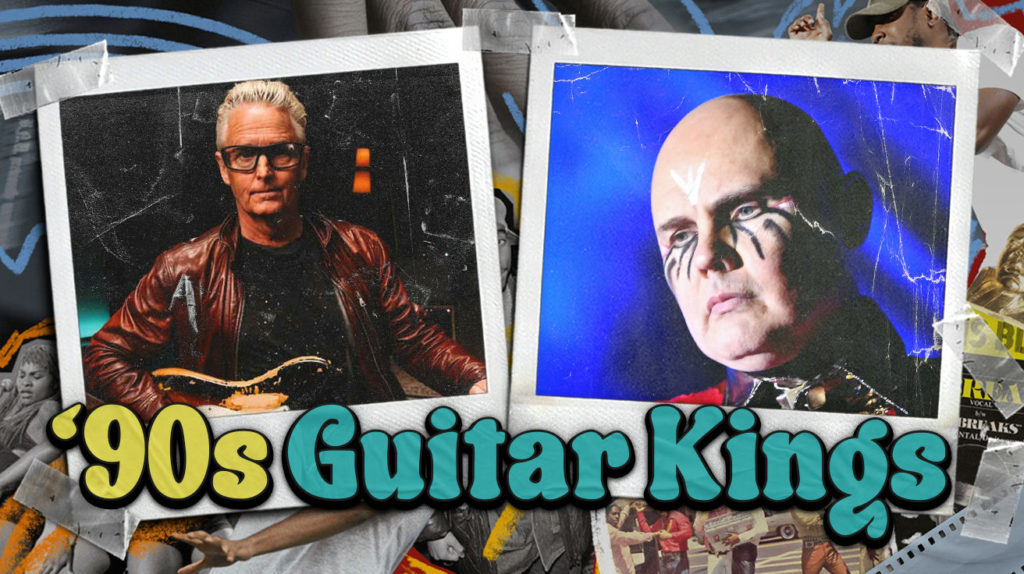
The 1990s weren’t just flannel shirts and existential lyrics—it was the decade when guitar playing underwent a seismic reinvention. While the 80s celebrated technical virtuosity, the 90s ushered in an era where texture and sonic innovation trumped sheer speed. These guitarists weren’t just playing their instruments; they were reimagining what six strings could accomplish in the post-Cobain landscape. Their influence extends far beyond platinum records—you can hear their DNA in virtually every rock subgenre that’s emerged since, as well as in the best forgotten ’90s songs that shaped the decade’s underground and mainstream scenes.
10. Billy Corgan (Smashing Pumpkins)
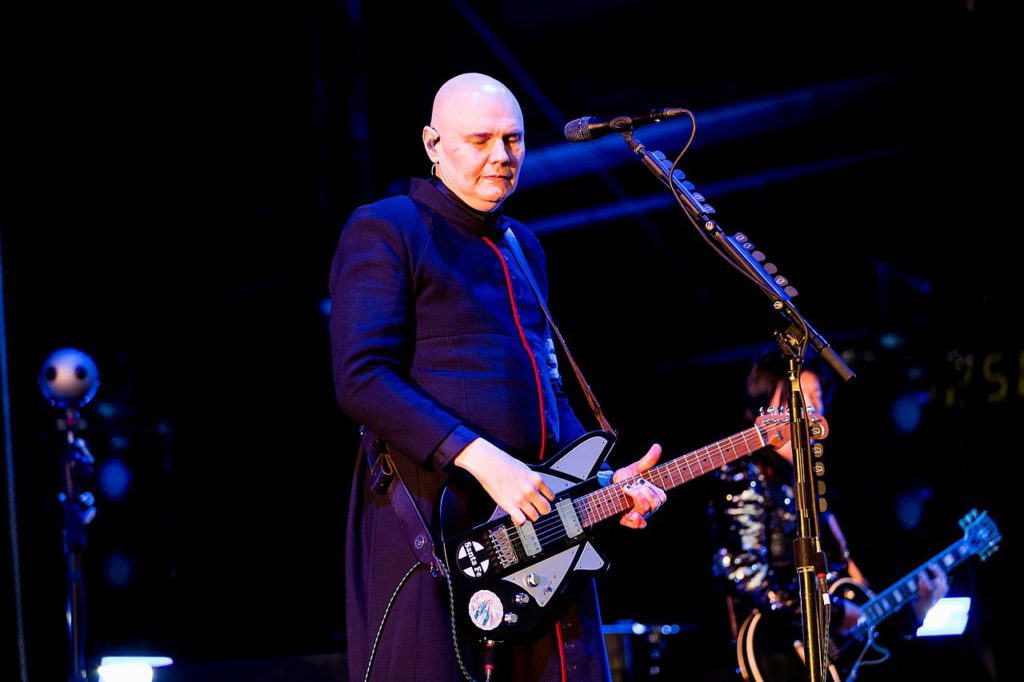
Billy Corgan transformed alternative rock through sheer sonic maximalism, layering dozens of guitar tracks to create the orchestral wall of sound that defined Smashing Pumpkins’ breakthrough albums. His approach was less about individual riffs and more about creating immersive environments where guitars functioned as an entire string section.
The contrast between the delicate arpeggios of “Disarm” and the distortion tsunami of “Cherub Rock” showcases Corgan’s remarkable range. His distinctive tone—achieved through his Stratocaster’s middle pickup position and Big Muff distortion—cuts through even the densest mix like a searchlight through fog, showing how creative use of rare and expensive guitars can shape an entire era’s sound. His influence extends beyond alternative rock into shoegaze and modern indie, where his layering techniques have become standard practice.
9. Tom Morello (Rage Against the Machine)

Revolutionary guitar techniques met political activism when Tom Morello turned his instrument into a weapon of social change. His Harvard political science education might seem at odds with his revolutionary approach, but Morello’s genius lies precisely in this contradiction—intellectual precision applied to sonic rebellion.
Morello’s toggle-switching techniques turned “Killing in the Name“ into an anthem that still ignites mosh pits decades later. His solo on “Bulls on Parade” sounds more like a DJ scratching records than traditional guitar playing. By incorporating Allen wrenches and household items into his technique, Morello expanded the guitar’s vocabulary like a linguistic revolutionary, democratizing his innovations for future generations.
8. J Mascis (Dinosaur Jr.)
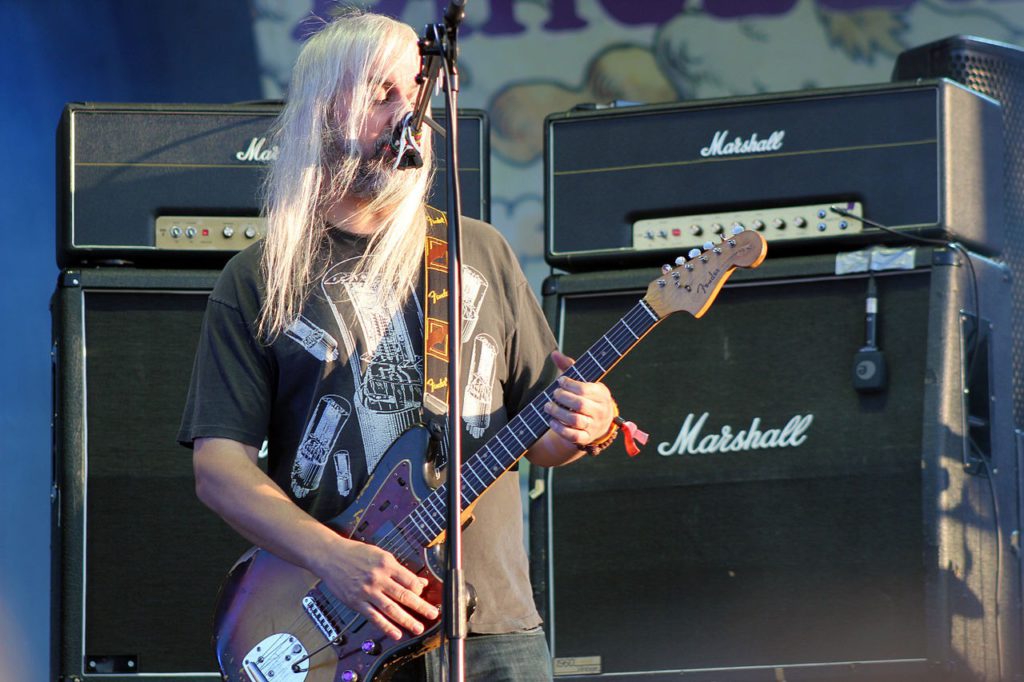
Effortless brilliance disguised decades of technical mastery as J Mascis perfected the art of hiding virtuoso-level skills behind a deliberately casual facade. His seemingly effortless solos soar over Dinosaur Jr.’s wall of noise with a melodic sensibility that recalls Neil Young filtered through hardcore punk’s intensity.
On tracks like “Feel the Pain,” Mascis demonstrates his ability to craft solos that function as hooks, memorable enough to sing along to despite their technical complexity. His distinctive tone—achieved through a wall of Fender amplifiers and his signature Jazzmaster—cuts through any mix with laser precision. When contemporary bands like The War on Drugs stretch out with extended guitar passages, they’re building on foundations Mascis laid decades earlier.
7. Stone Gossard

Silence speaks louder than noise in Stone Gossard’s disciplined approach to rhythm guitar, where genius lies in what he doesn’t play. His distinctive writing on tracks like “Even Flow” and “Corduroy” demonstrates his gift for creating riffs that sound instantly classic while avoiding blues-rock clichés.
Gossard’s disciplined compositions provide the perfect framework for musical exploration, creating a tension that drives Pearl Jam’s most enduring work. What makes his contribution particularly significant is how he balances structure and freedom—his rhythm playing creates the canvas for others to explore while maintaining cohesive songs. His influence extends beyond grunge into any genre where guitarists need to create space for each other while maintaining a unified sound, proving that sometimes the most important role is knowing when not to play.
6. Adam Jones
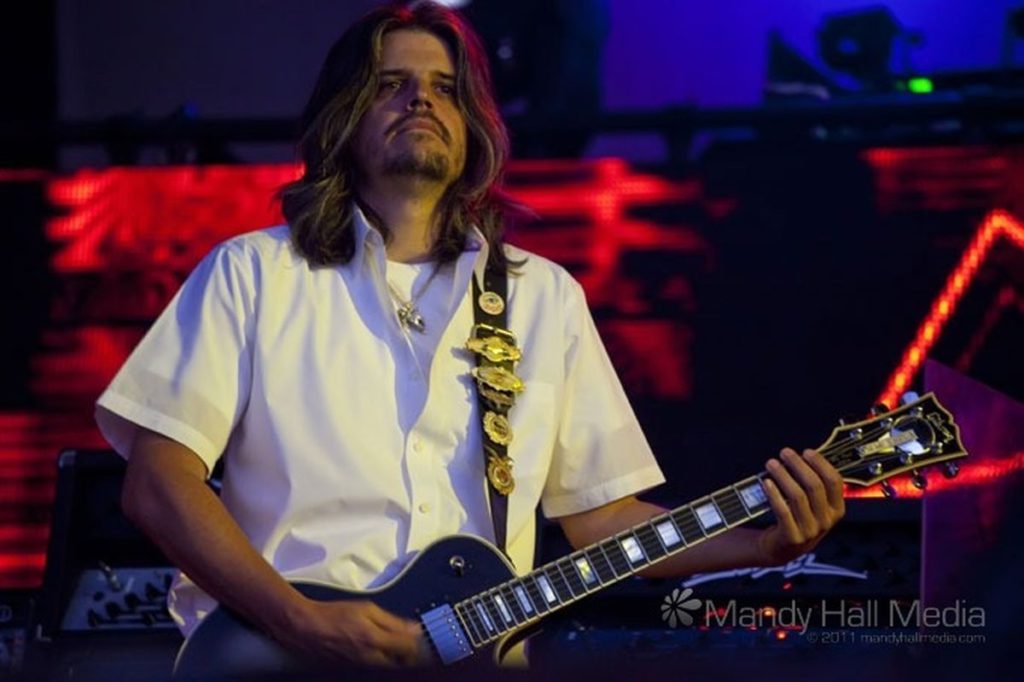
Cinematic precision meets heavy music when Adam Jones treats every riff like a film score, building tension with a master storyteller’s patience. His background in visual effects for movies like Jurassic Park informed his unique approach to creating sonic landscapes that unfold with cinematic precision.
Jones’ playing on “Forty Six & 2” demonstrates his mastery of tension and release, using unconventional time signatures for emotional expression. His distinctive tone creates a sound that’s immediately identifiable within seconds. What makes Jones revolutionary is his patience—while lesser guitarists rush to showcase their abilities, Jones constructs methodical progressions that develop over minutes. His architectural approach has influenced countless musicians who recognized that Jones was building cathedrals while others stacked bricks.
5. Jerry Cantrell

Shadows and minor keys became Jerry Cantrell’s paintbrush, creating emotional depth that elevated Alice in Chains far beyond typical grunge boundaries. His haunting minor-key progressions and layered harmonies transformed Alice in Chains into architects of modern metal’s emotional vocabulary. Cantrell’s genius lies in his restraint, serving the song rather than his ego.
His half-step bends and deliberate vibrato create a signature sound recognizable as a vocal fingerprint. What separates Cantrell from his contemporaries is his complete command of atmosphere—he understood that what you don’t play matters as much as what you do. Modern bands like Gojira often employ similar techniques of building tension through dissonance.
4. Stephen Malkmus (Pavement)

Imperfection became high art when Stephen Malkmus proved that loose and sloppy could outshine technically flawless playing. His playing on Pavement’s landmark albums combined intentional sloppiness with moments of surprising technical proficiency—a musical approach that perfectly complemented his irony-laden lyrics.
On tracks like “Summer Babe,” Malkmus demonstrated his gift for creating memorable guitar lines that sound deceptively simple but contain subtle complexities. His solos often feel like stream-of-consciousness expressions, wandering into unexpected territories before finding their way home. Malkmus’s influence liberated a generation of guitarists from the pressure of technical perfection, emphasizing expression and personality over precision—a path that continues influencing contemporary indie bands.
3. Kim Thayil

Philosophy and Eastern mysticism collided with heavy riffs when Kim Thayil brought intellectual precision to grunge’s raw power. His background in philosophy and interest in Eastern music informed his unconventional approach to rhythm and harmony, creating a sound that was simultaneously heavy and psychedelic.
Thayil’s innovative use of alternate tunings on tracks like “Rusty Cage” created a distinctive sound impossible to replicate without understanding his unique approach. His solos prioritize texture and atmosphere over technical showboating, functioning as extensions of the song’s emotional landscape. What makes Thayil’s contribution particularly significant is how he bridged the gap between Black Sabbath’s doom-laden riffs and progressive rock’s mathematical precision—heavy enough for metal fans but sophisticated enough for musicians to study.
2. Dimebag Darrell (Pantera)

Controlled chaos met surgical precision when Dimebag Darrell Abbott wielded his guitar like a weapon of pure sonic aggression. His signature squealing harmonics and aggressive whammy bar dives created a sound that was simultaneously precise and unhinged—like a master watchmaker with a sledgehammer.
Pantera’s “Cowboys From Hell” announced Dimebag as a force who could combine technical prowess with gut-punching riffs. His playing on “Cemetery Gates” showcases remarkable dynamic range, moving from delicate, clean passages to face-melting solos with the emotional intelligence of a blues master. His tone, achieved through Dean guitars and Randall amplifiers, became a touchstone for modern metal guitarists.
1. Mike McCready (Pearl Jam)
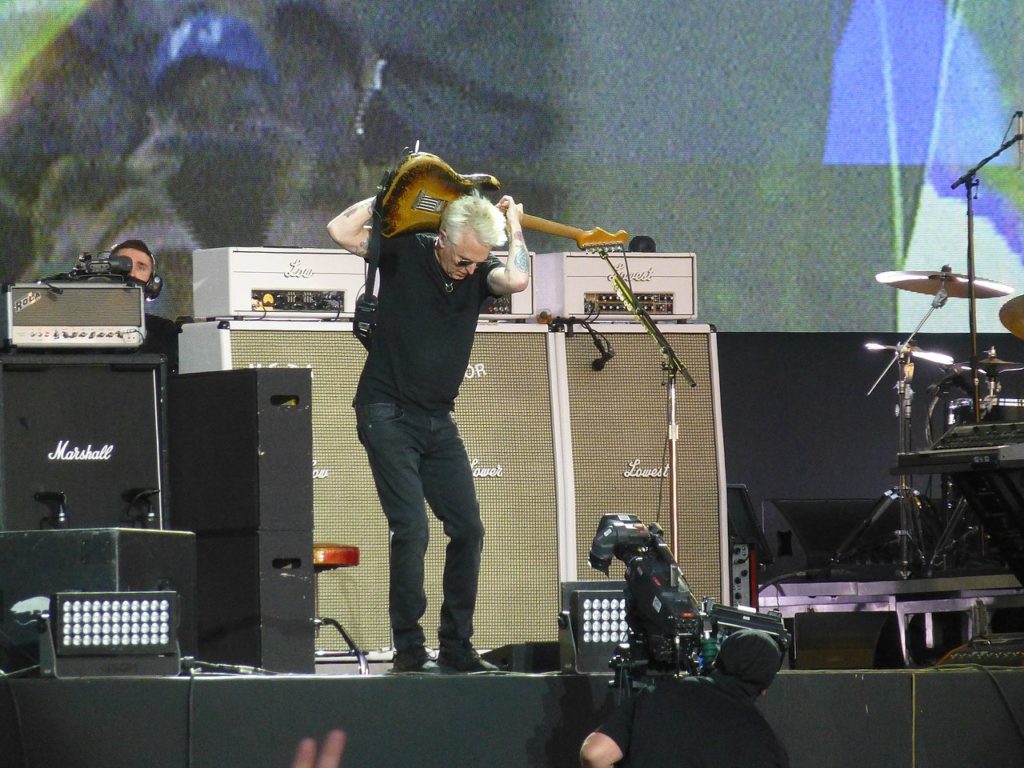
Pure emotion flows through six strings when Mike McCready channels feeling directly into his fingertips, creating conversations between heart and instrument. While his contemporaries were deconstructing guitar heroics, McCready embraced the instrument’s expressive potential with unabashed enthusiasm.
His extended solo in “Yellow Ledbetter” reveals a player deeply connected to the Hendrix tradition, while his work on “Alive” demonstrates his ability to build a solo that tells a complete story. McCready’s playing stands apart through his willingness to embrace improvisation—Pearl Jam’s live performances feature extended jams where he never plays the same solo twice, keeping their catalog fresh through constant reinterpretation.







